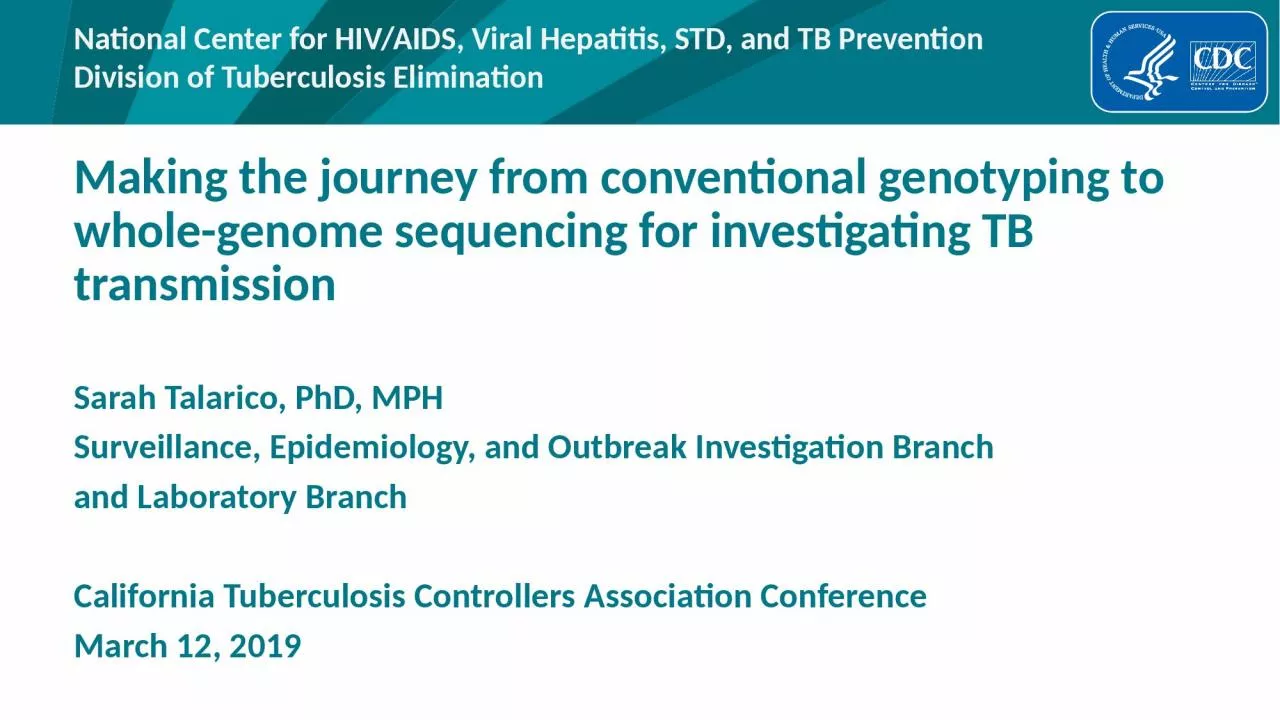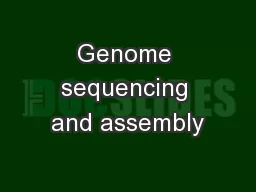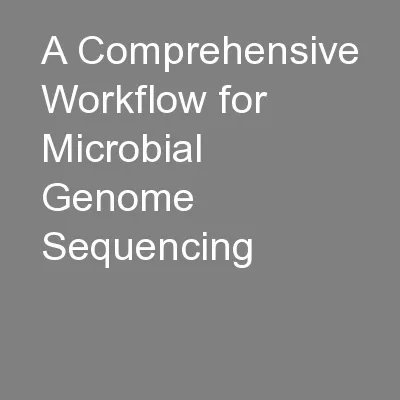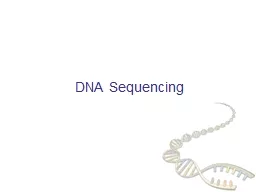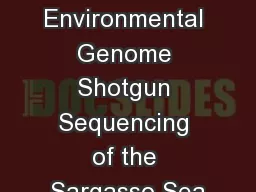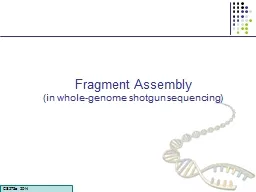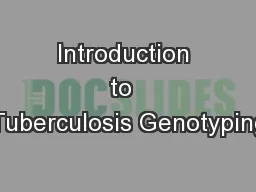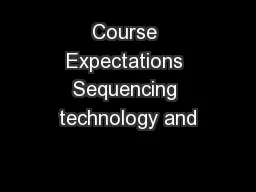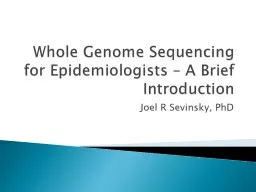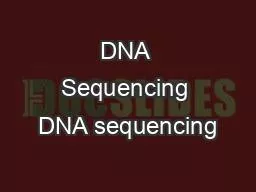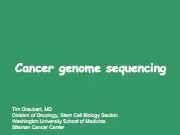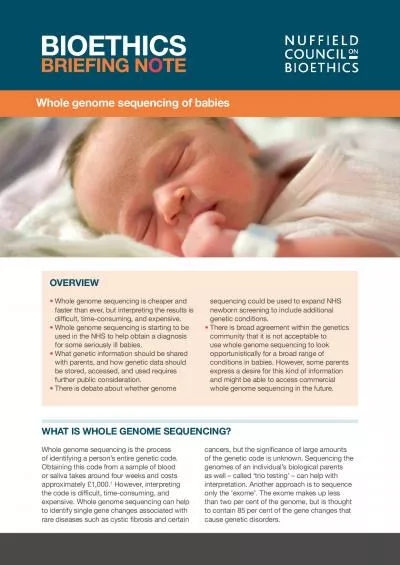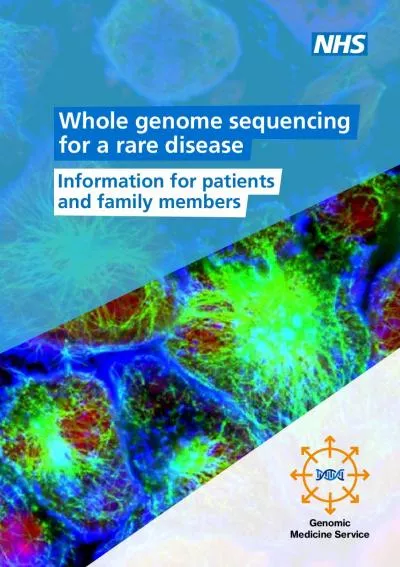PPT-Making the journey from conventional genotyping to whole-genome sequencing for investigating
Author : osullivan | Published Date : 2024-02-09
Sarah Talarico PhD MPH Surveillance Epidemiology and Outbreak Investigation Branch a nd Laboratory Branch California Tuberculosis Controllers Association Conference
Presentation Embed Code
Download Presentation
Download Presentation The PPT/PDF document "Making the journey from conventional gen..." is the property of its rightful owner. Permission is granted to download and print the materials on this website for personal, non-commercial use only, and to display it on your personal computer provided you do not modify the materials and that you retain all copyright notices contained in the materials. By downloading content from our website, you accept the terms of this agreement.
Making the journey from conventional genotyping to whole-genome sequencing for investigating: Transcript
Download Rules Of Document
"Making the journey from conventional genotyping to whole-genome sequencing for investigating"The content belongs to its owner. You may download and print it for personal use, without modification, and keep all copyright notices. By downloading, you agree to these terms.
Related Documents

